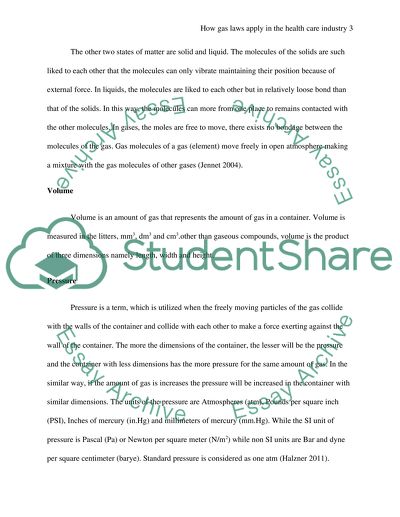Cite this document
(“How Gas Laws Apply In the Health Care Industry Research Paper”, n.d.)
Retrieved de https://studentshare.org/chemistry/1392849-how-gas-laws-apply-in-the-health-care-industry
Retrieved de https://studentshare.org/chemistry/1392849-how-gas-laws-apply-in-the-health-care-industry
(How Gas Laws Apply In the Health Care Industry Research Paper)
https://studentshare.org/chemistry/1392849-how-gas-laws-apply-in-the-health-care-industry.
https://studentshare.org/chemistry/1392849-how-gas-laws-apply-in-the-health-care-industry.
“How Gas Laws Apply In the Health Care Industry Research Paper”, n.d. https://studentshare.org/chemistry/1392849-how-gas-laws-apply-in-the-health-care-industry.


